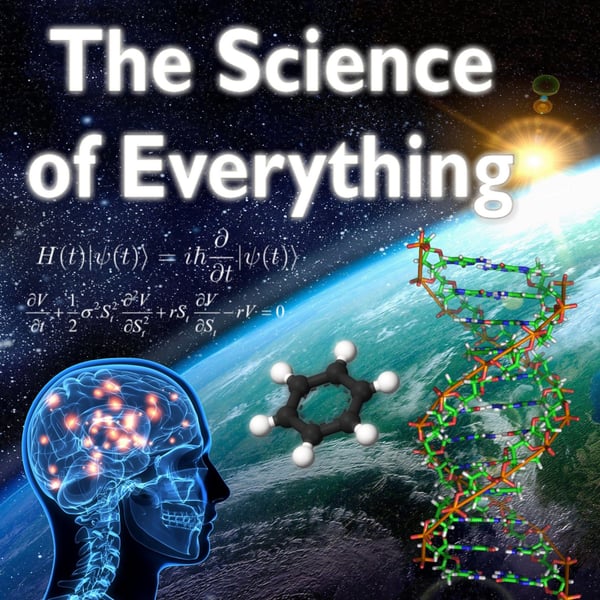Episode 106: Theories of Economic Growth and Development
The Science of Everything Podcast
James Fodor
4.8 • 750 Ratings
🗓️ 31 May 2020
⏱️ 71 minutes
🧾️ Download transcript
Summary
Transcript
Click on a timestamp to play from that location
| 0:00.0 | Oh, wow, oh, oh, oh, wow, oh, oh, wow. |
| 0:13.0 | Oh, wow. |
| 0:15.0 | Oh, growth. Hello, you're listening to The Science of Everything podcast episode 106, |
| 0:38.3 | Economic Growth and Development Part 4, Growth theories. |
| 0:42.7 | I'm your host, James Podor. |
| 0:44.9 | So, this episode is a continuation, obviously, in our series on economic growth and development. |
| 0:50.1 | And today we're going to look at growth theory. |
| 0:53.0 | So these are theories developed within the |
| 0:54.6 | economics literature that attempt to provide a generally mathematical, structural explanation |
| 1:00.6 | for the process of economic growth and how it occurs. So I've characterized this episode as |
| 1:06.4 | focusing on the how, because in the previous episode, we looked at the structural change and sort of the what, |
| 1:12.2 | the descriptive analysis of the sorts of changes that happen as a result of and through the |
| 1:17.2 | process of economic development, including changes in agriculture, urbanization, capital accumulation, |
| 1:22.3 | and rostow's stages of growth. So in this episode, we're going to kind of continue from that and put a bit |
| 1:28.4 | more structure on it by looking at how those processes occur, not just sort of a description |
| 1:32.4 | of what happens, but trying to understand the causal mechanisms at play that give rise to those |
| 1:38.4 | structural changes. And we'll do that through the guise of formal growth models. And needless to say, recommended pre-listening for |
| 1:45.8 | this episode is the previous episode, Economic Growth and Development Part 3. Strongly recommend |
| 1:50.6 | you listen to that, as this episode will make a lot more sense. Formal growth models really |
| 1:55.9 | only started to be developed following, or just sort of before and following the end of the |
| 2:00.4 | Second World War. |
| 2:02.1 | And so I'm going to start with a Harold Domar model, which dates to the 1940s, and what we're |
... |
Please login to see the full transcript.
Disclaimer: The podcast and artwork embedded on this page are from James Fodor, and are the property of its owner and not affiliated with or endorsed by Tapesearch.
Generated transcripts are the property of James Fodor and are distributed freely under the Fair Use doctrine. Transcripts generated by Tapesearch are not guaranteed to be accurate.
Copyright © Tapesearch 2025.

